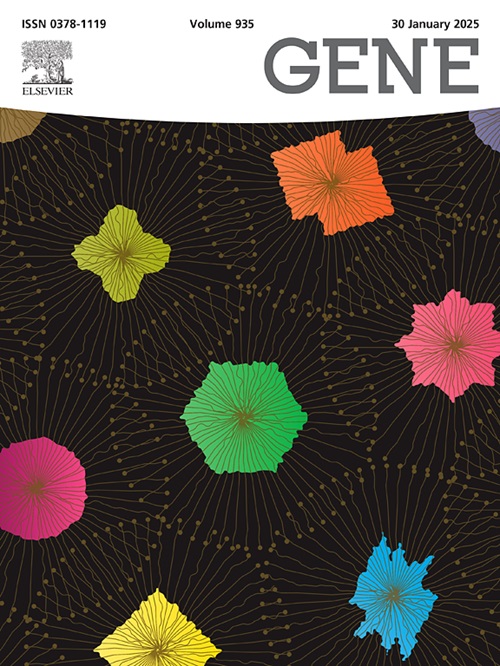Aldose reductase has a function in salt tolerance of wheat
IF 2.6
3区 生物学
Q2 GENETICS & HEREDITY
引用次数: 0
Abstract
Aldose reductase (ALR) is closely related to the plant’s response to abiotic stresses. Previous transcriptome data from the salt-tolerant Tritipyrum Y1805 indicated that an ALR-related gene was highly upregulated under salt stress. The gene, TtALR1, was successfully cloned from Y1805, with a coding sequence length of 960 bp. Bioinformatics analysis revealed that TtALR1 is hydrophilic and belongs to the AKR4C aldoketone reductase family. A phylogenetic tree grouped TtALR1 with ALRs of wheat and Thinopyrum elongatum. The TtALR1 gene was transformed into common wheat 1718 using the coleoptile method. TtALR1 expression in roots was highly sensitive to salt stress according to quantitative real-time PCR analysis. At the seedling stage, the degree of leaf wilting and yellowing in the TtALR-overexpression line was less than in wild-type (WT) plants under salt stress. Under salt stress and recovery conditions, root length, plant fresh weight, plant dry weight, and water content of the TtALR-overexpression line were significantly greater than those of WT plants. The TtALR-overexpression line had higher ALR, superoxide dismutase, catalase, and peroxidas activities, and sorbitol, proline, K+, and chlorophyll contents, but lower methylglyoxal, malondialdehyde, and Na+ contents, as well as lower Na+/K+ ratio than WT plants under salt stress and recovery conditions. TtALR1 contributes to osmotic regulation, detoxification, and chlorophyll stabilization, thereby enhancing wheat salt tolerance.
求助全文
约1分钟内获得全文
求助全文
来源期刊

Gene
生物-遗传学
CiteScore
6.10
自引率
2.90%
发文量
718
审稿时长
42 days
期刊介绍:
Gene publishes papers that focus on the regulation, expression, function and evolution of genes in all biological contexts, including all prokaryotic and eukaryotic organisms, as well as viruses.
 求助内容:
求助内容: 应助结果提醒方式:
应助结果提醒方式:


